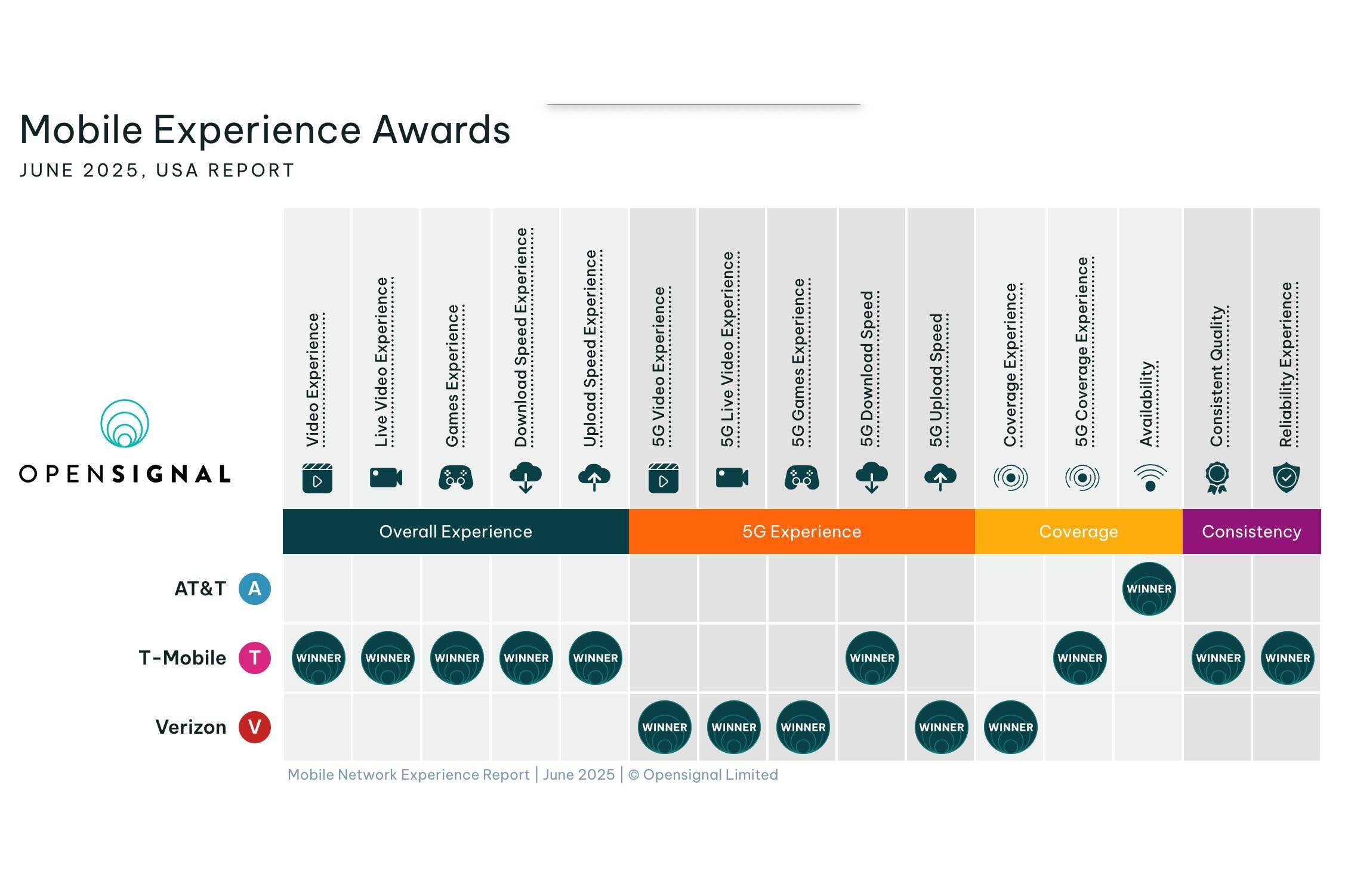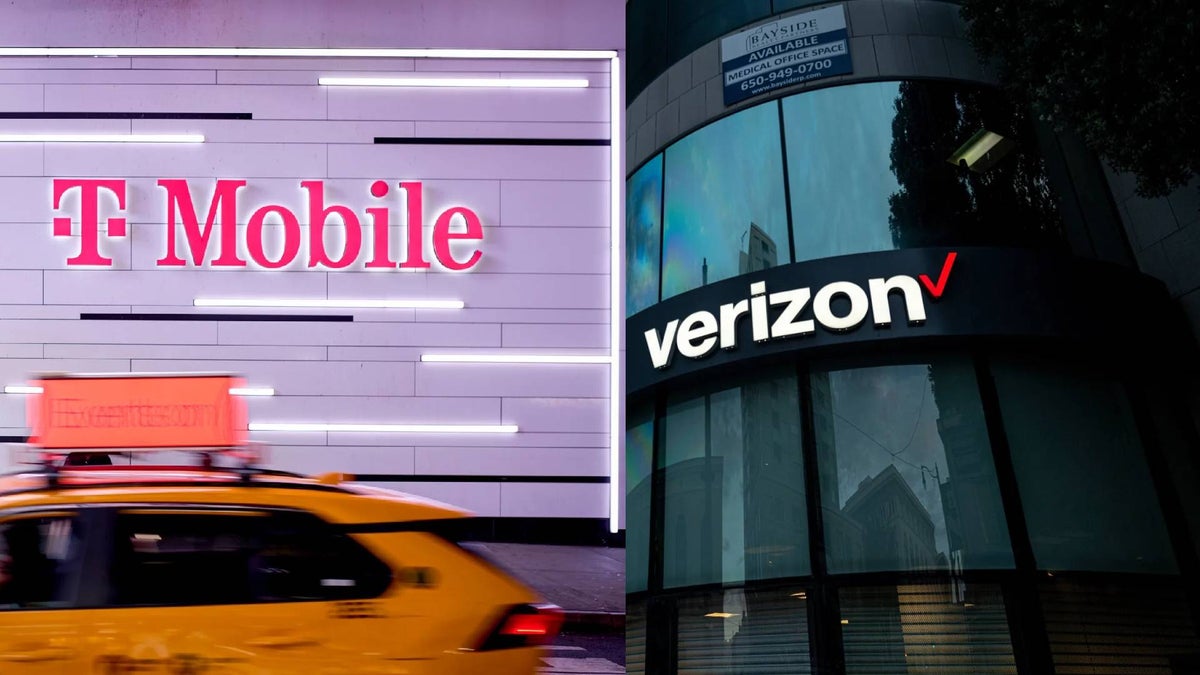Debate about whether T-Mobile or Verizon is the best may have finally been settled
Last month, T-Mobile asserted that tests conducted between Q4 2024 and Q1 2025 by Ookla had established it had the best mobile network in the US. While T-Mobile has often boasted about being the leader in individual categories, this was the first time it claimed to be leading in most metrics.
Verizonshot back a day later, claiming it had the fastest and most reliable network in the country. The company expanded on that by saying that RootMetrics, which it finds to be more reliable, says that it’s ahead of T-Mobile.
Customers don’t necessarily care which company is the absolute best as long as the service is reliable in their area. But for anyone keeping score, T-Mobile may be slightly better.

T-Mobile topped the majority of metrics. | Image Credit – Opensignal
As first reported by Light Reading, Opensignal, which considers itself the “global standard for analyzing consumers’ connectivity experiences”, conducted a test between February 1 and May 1, and concluded that T-Mobile provides the best overall experience.
T-Mobile dominated in most categories, including Reliability Experience, Consistent Quality, Download Speed Experience (177.5Mbps), and 5G Download Speed Experience (252.4Mbps). The company was the top performer in nine categories.
Verizon ranked highest in five categories, including 5G Video Experience and Coverage Experience.
AT&T came out ahead in just one category — Availability. This means that AT&T users were connected to mobile data more often throughout the day than T-Mobile and Verizon customers.
It’s not surprising to see T-Mobile outrank its biggest competitors, given its technological lead in foundational areas.
When you look at the individual scores for each category, there isn’t much variation between AT&T, T-Mobile, and Verizon, except when it comes to overall download and upload speeds. So while it might not be wrong to say that T-Mobile is the current industry leader, it doesn’t have a huge lead, which is why it should reconsider making network leadership a centerpiece of its communications.





